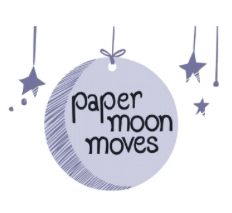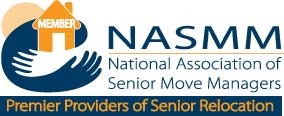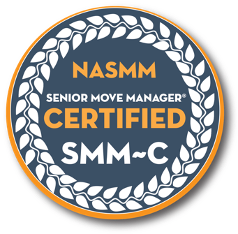It should be easy to recycle in New York, but – sadly – it’s kind of complicated, and the rules change somewhat frequently.
The Department of Sanitation (DSNY) maintains a good website: NYC Recycling Rules. One recent rule that is driving people a bit mad is that you are now not supposed to put out recycling until 8 p.m. the night before your pickup days if your recycling is in bags; or 6 p.m. if your recycling is in a secure container with a lid. Bundled cardboard and bulk items can be placed out any time between 6 PM and midnight the night before your pick up days.
Also, if your normal recycling day falls on a holiday, recycling will not be picked up until the following week. This is something that that causes confusion and leads to bags being left on the curb all week (and people getting tickets for that!),
Now, the big question: what can be recycled with the city? There are two categories:
Metals, plastics, and glass – all three mixed together
Paper products – bagged or bundled separately from metals, plastics, and glass
Metals, plastics, and glass
Metals, plastics, and glass should be bagged or put into bins and should all be relatively clean. Metals and plastics that can be recycled include: cans, aluminum foil and packaging, wire hangers (paper needs to be removed), metal utensils, small metal appliances, nuts & bolts, pots & pans, milk and juice cartons (these seem like paper but should be bagged with metals/plastics/glass), glass or plastic bottles, jars, cups and containers, rigid plastic containers, CDs, DVDs, vinyl records, pens and markers, styrofoam/plastic food containers, tubes (cosmetics, toothpaste, etc), umbrellas. There’s more, but this is the general idea.
Some confusing notes about plastic recycling:
Plastic bags are a type of film plastic and should not be put in household recycling. Chains or stores larger than 10,000 square feet are required to accept back plastic bags from their store but the best idea here is to just get into the habit of bringing a reusable bag when you shop and avoid plastic bags as much as possible.
Bubble wrap and dirty diapers cannot be recycled.
Some plastics have a recycling number on the bottom, showing what kind of plastic it is. The Department of Sanitation doesn’t provide guidelines on these numbers so just ignore them and follow their rules instead.
Some notes about glass:
Some glass products cannot be recycled with the city, including drinking glasses and glassware, eyeglasses, glass tables, glass windows, light bulbs, and mirrors. Some of these items, if they are in good shape, can be donated to a local thrift shop, like Housing Works.
Broken glass should be securely bundled up so nobody handling them will be injured. You can try taping them up with cardboard, for example. The bundle should be labeled “broken glass” and can be put out with the rest of the recycling.
Paper products
Paper products that can be bagged and left out on recycling days include: paper, newspapers, magazines, catalogs, phone books, cardboard cups, and corrugated cardboard boxes. Boxes should be flattened and tied with string or twine. Please note that even though some milk and juice cartons are made of paper, they have been coated with plastic and should be included with the metals/plastics/glass recycling.
If you have boxes that contained food, like pizza boxes or bakery boxes, you should make sure all the food is removed and then include the boxes with paper products. If you can’t clean off the food, the city would prefer you just throw the boxes in with regular trash.
Photographs: We get asked this a lot. Unfortunately, because photographs are treated with chemicals, they cannot be recycled with paper products. They should be included with regular garbage.
Paper with little plastic windows (envelopes, for example) can go into paper recycling.
In a future blog we’ll cover how to recycle items not included above, such as bulk items, electronics, air conditioners, batteries, chemicals and paints, fire extinguishers, medical waste, and more. Stay tuned!





